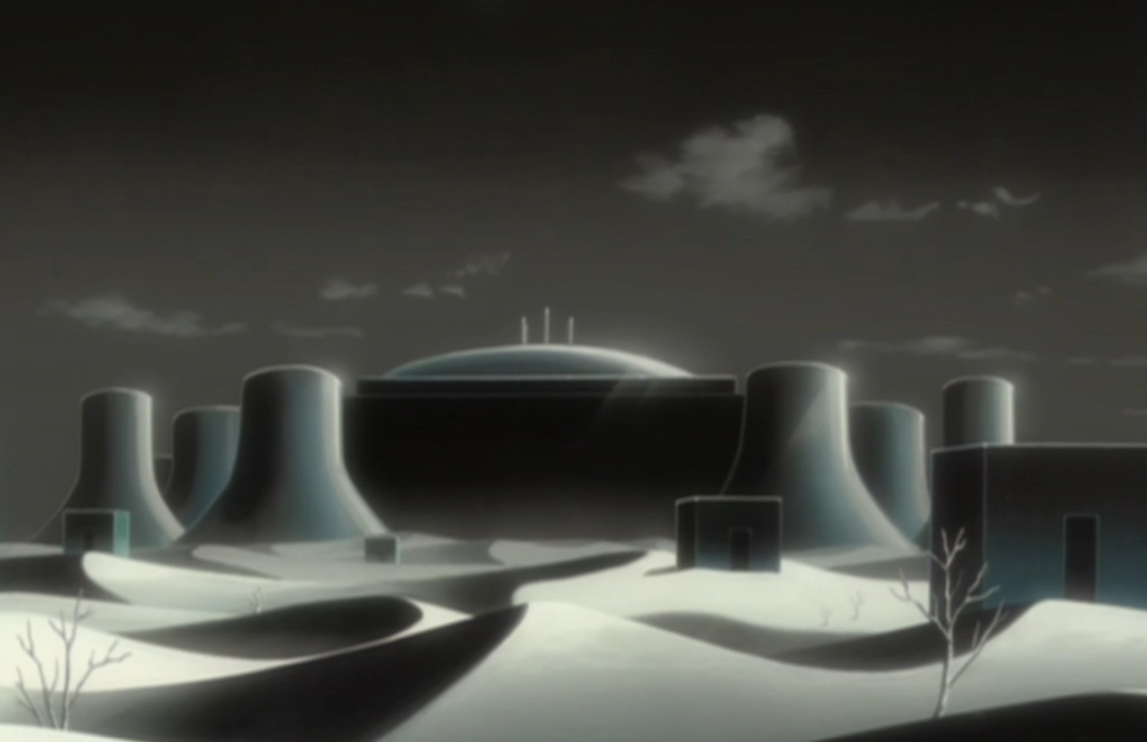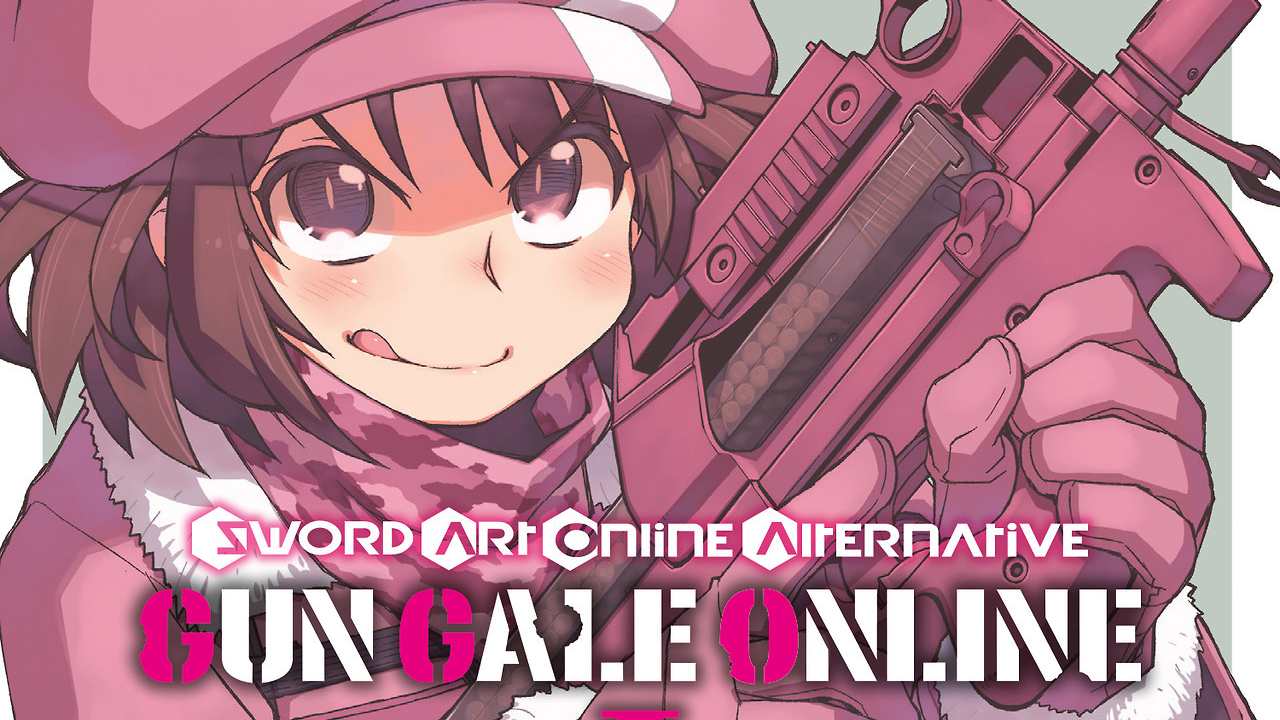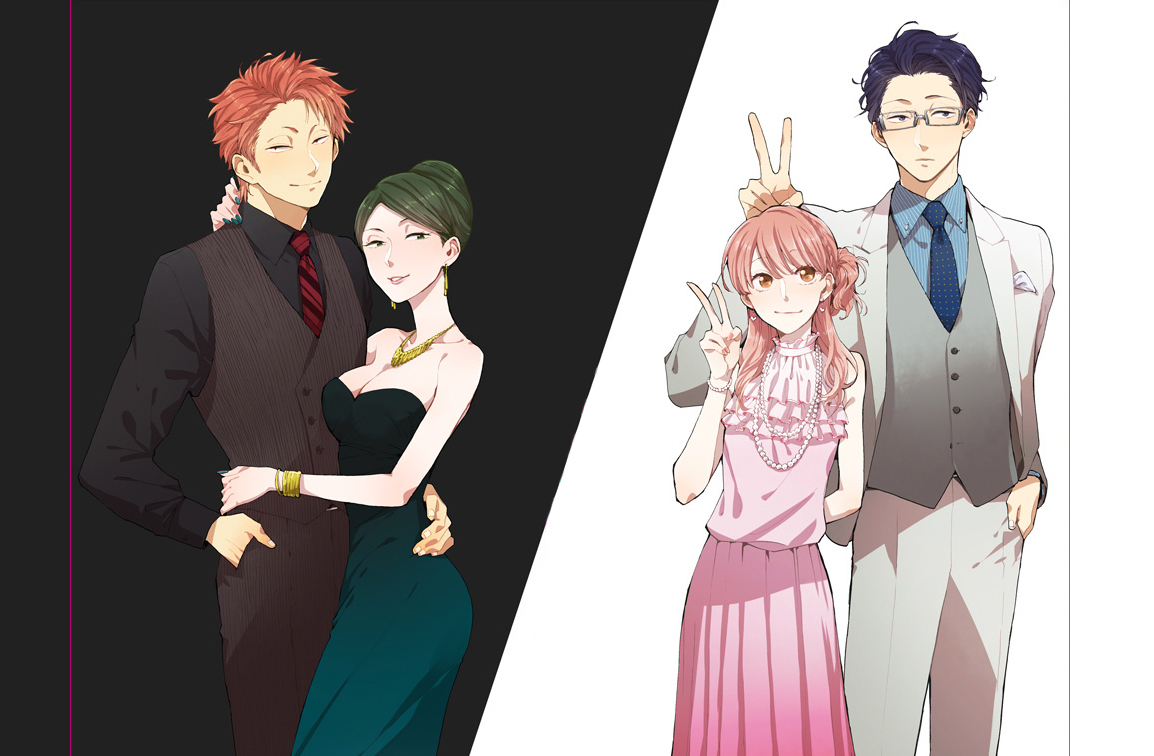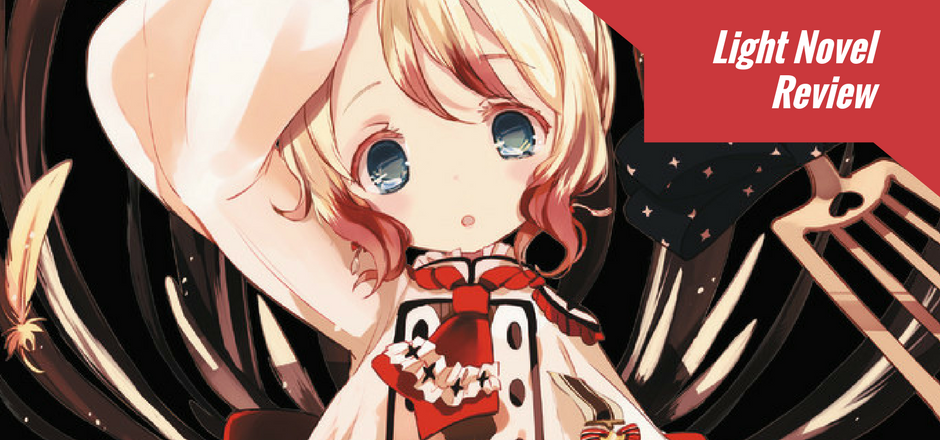Tite Kubo’s Bleach is known for many things. While logic and consistency are probably not among them, amazing action-sequences and battles, gorgeous and stylistic art and a varied character design do top the list. Since it was first published in 2001, the story of soul-reapers/demon hunters in a very Japanese background became one of the most popular shounen franchises worldwide in years, bested only by Naruto.
The world of Bleach offers its fans a variety that is rare in shounen manga when it comes to characters: it includes characters of all ages, personalities, sexes and sexual orientations, physical traits, races, ethnic backgrounds and cultures. While most shounen-mangakas prefer to stick with white and Asian characters in their cast, Kubo has reached out and included races, cultures and languages from all over the world. There’s Japanese for Soul Society, German for the Quincys, and Spanish for Hollows and one of the main secondary characters in the series.
Yasutora Sado, more commonly known as Chad, has been one of them main secondary characters since the series began. Like most of Kubo’s designs, Chad has the appearance of a man twice the age the high school student is supposed to be, but what identifies Chad the most is his dark skin, eyes and hair, and his pronounced musculature and bone structure which tell of his Mexican heritage.
While he was born Japan, he was taken to Mexico by his parents when he was very young and spent most of his life there in the care of his grandfather, Oscar Joaquín de la Rosa, when his parents died tragically in a car accident. He returned to Japan at 15 after the death of his Abuelo, which is how he comes to be friends with Ichigo and the rest of the gang. He carries with him a Mexican coin, his most beloved possession, which was given to him by his grandfather to symbolize his code of life, one based on love, honor and the renouncing of using his strength for anything else that does not involve protecting.
Chad is a quiet, taciturn boy with a secret soft side and a strong code of honor. His culture is shown in the series very subtly but consistently, mostly through an occasional use of Spanish, his love for his grandfather’s coin and the use of a shirt with a stylistic rose that screams Latin lover. But beyond that, the most significant use of his culture is through his powers as a “fullbringer,” a human aware of spirits and capable of manipulating souls. His main forms as a fullbringer are called “brazo derecho del gigante,” which in English would be “right arm of the giant,” and “brazo izquierdo del Diablo,” or “left arm of the devil.” Both forms have more attacks some of which are “el directo,” and “la muerte,” or “death,” whose manifestation brings to mind the Day of the Dead, a Mexican celebration.
Kubo’s homage to the Spanish language is not limited to Chad, nor is he the most beloved representation of the language in the series. The biggest arc of Bleach takes Ichigo and his friends to “Hueco Mundo,” hollow world, to rescue Orihime and face the series’ ultimate antagonist, Aizen. There, the whole of Soul Society must face the ranks of the “Espada,” meaning swords, that are hollows and “arrancars” evolved into humanoid shapes with mighty powers, frightening abilities and transformations called “Resurección” or resurrection, all of which are in Spanish. Under their control, there’s “Las Noches,” the nights, which is their holdout in between the wastelands of Hueco Mundo and the subdivisions of less stronger but still fierce hollow soldiers, divided between “Números,” “Exequias,” and “Fracción.”
Ira. Los Lobos. Arrogante. Tiburón. Murciélago. Santa Teresa. Pantera. Brujería. Fornicarás. Glotonería. Each a capital sin or a fierce predator from the animal kingdom, the top ten Espada were brutal, powerful and merciless, and the names of their “Resurección” perfectly symbolized their powers and the aspect of death they represented: Rage, Solitude, Aging, Sacrifice, Emptiness, Despair, Destruction, Intoxication, Madness and Greed.
When choosing a language to identify the fearsome dwellers of Hueco Mundo, Kubo based his decision on the sound of the Spanish vocalization. He said each of the words he chose effectively evoke the meaning of what he wanted to convey with the characters and the world.
His use of Spanish has had a long run in the series, and Kubo has admitted that he became interested in the language because of how passionate it sounded, because of how “bewitching” and “mellow” a feeling the words left on the person listening to them.
While perhaps Kubo is not the first mangaka to include words from other languages in his works, he is the most dedicated to building into the foundation of each of his worlds the strength behind foreign languages, along with the respect and care that they deserve. His longest relationship with a foreign language is perhaps that with Spanish, and he used it to vividly give life to what has been his most outstanding piece of work to date.
The arc in Hueco Mundo validated years of loyalty for the fans and finally ensnared the ones that had danced around the edges of the series for years. Chad’s background has appealed to people on the other side of the world for years now, fans eager to be acknowledged by the art they love so much – and all of this was achieved by the simple act of recognizing and honoring the beauty behind Hispanic culture and the Spanish language.
Lorraine Acevedo Franqui writes for Girl In Capes from Puerto Rico and holds degrees in English Literature and Psychology. Her main interests are young adult lit, anything related to The Legend of Zelda and Kingdom Hearts, assorted shounen mangas and cats.







I’m in love with this article; I think that Kubo’s choice to include different cultures and languages into his manga is important. It opens minds and perhaps even interests readers in other languages and cultures.
I admire your dedication to continue reading this manga. His plotting drives me up the wall xD
“His plotting drives me up the wall xD”
Bleach a unique style but there isn´t any fail in series please give me a example
Hi! Tite Kubo follows the same basic plot over and over again. Ichigo trains, then Rukia or Orihime get kidnapped, he goes to save them in some other world with his friends, he wins fights, then he’s not strong enough and needs to exert himself a little more until he wins the larger fights and rescues them. For the first two arcs, Aizen escaped and readers were given the same recycled plot but with different characters. It was predictable, which is why I stopped caring for the series.
I did return to read the final battle between Ichigo and Aizen; but it was very anti-climactic. Aizen’s the largest antagonist of the series so the action should have been great, but it wasn’t. And then, instead of finishing the manga because Aizen, the big concern of the series, had been captured, Kubo continues the manga with backstory, with questions he could have answered as the rest of the arcs were happening. A solid plot mixes the main plot and the characters’ backstories together instead of addressing them separately. If he wanted to do this separately, it would have looked less messy as a spin-off. But of course, it’s also following Ichigo, so that’s out of the question.
This series has disappointed me because of all of this; Kubo created a wonderful world with a set of amazing characters, but his repetitiveness of plotlines with little changes, the backstories at what should have been the end of the series, and as the article pointed out the lack of logic and consistency, has permanently taken it out of my reading/watching list.
If my english good I could justify :/